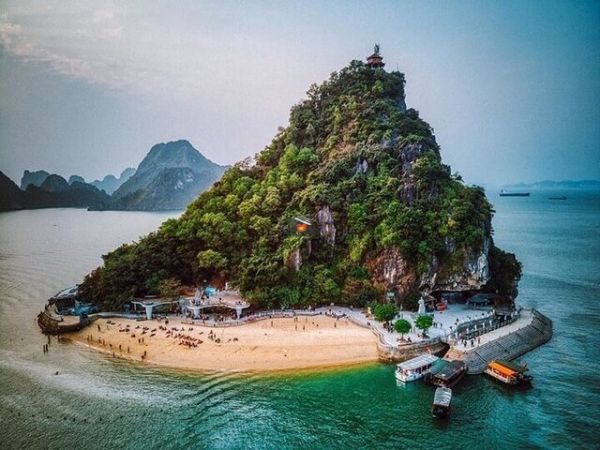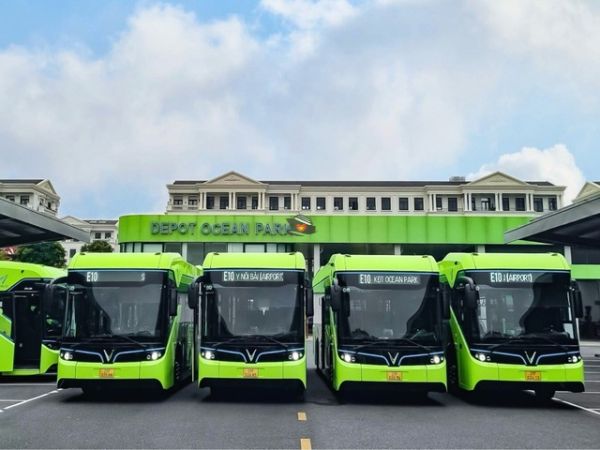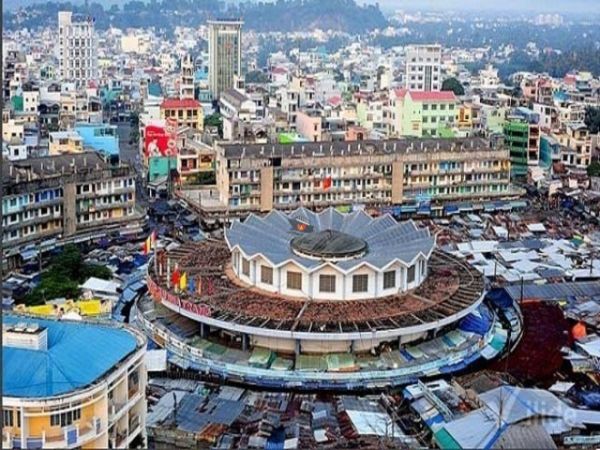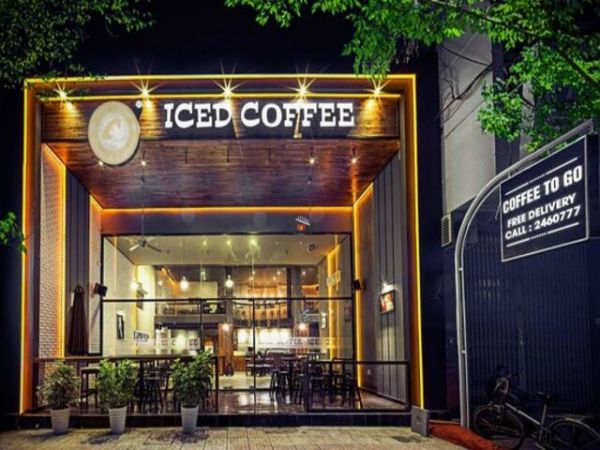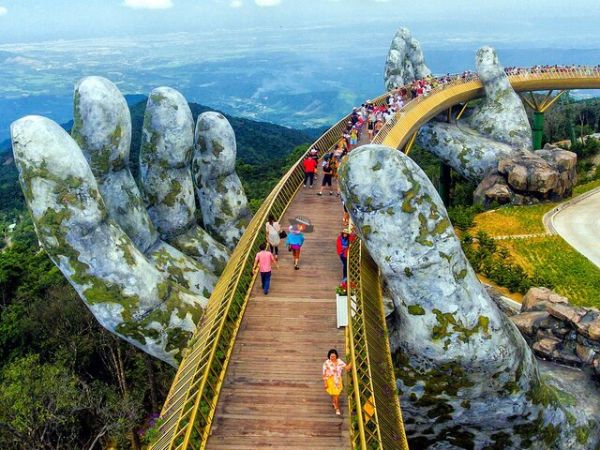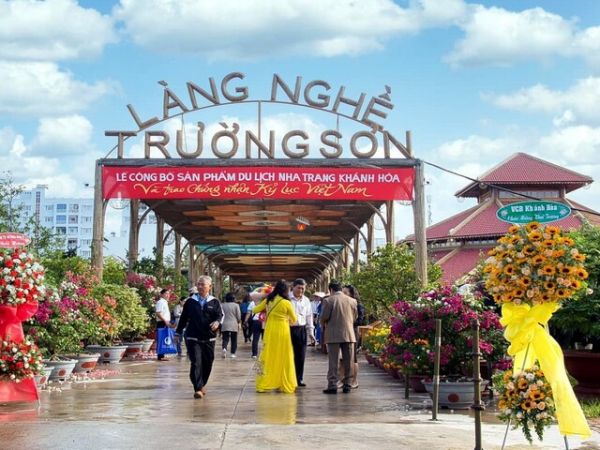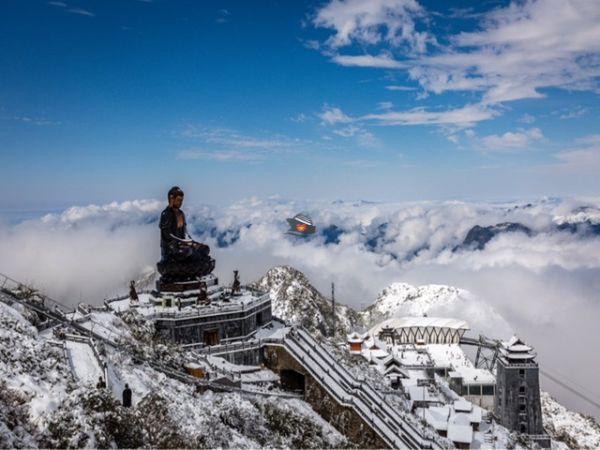QUANG TRUNG KING MUSEUM BINH DINH
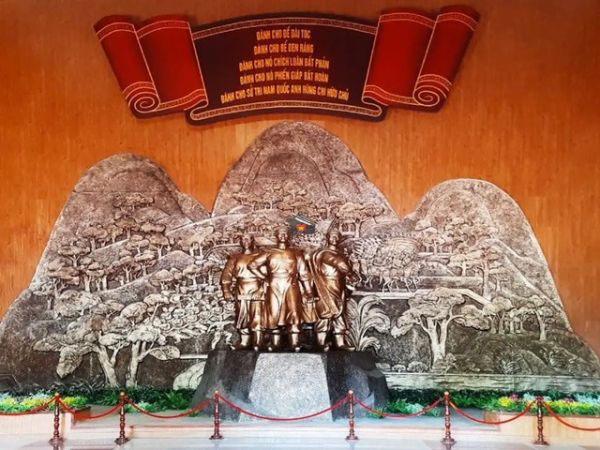
Quang Trung King Museum Binh Dinh. Binh Dinh province, located in the southern portion of the central area, is not only recognized as the birthplace of King Quang Trung, who led the Tay Son insurrection at the end of the 18th century. The museum devoted to this national hero is a historic site that draws both Vietnamese and foreign scholars and visitors.
Quang Trung King Museum Binh Dinh Information:
Address: Phu Phong Town, Tay Son District, Binh Dinh Province
The Quang Trung Museum was erected at Kien My Village, 40 kilometers west of Quy Nhon City. It was inaugurated in 1978 and is one of the major museums dedicated to prominent Vietnamese celebrities. It is also one of the busiest, drawing both researchers and visitors. Visitors' first stop at the museum was the Tay Son shrine, which honors the heroes of the Tay Son movement. The shrine's custodian, Tran Ngoc My, explains: "This shrine was established on the site of the old residence of the three founding brothers of the Tay Son movement. It has ten altars. The ancestral altar and the three brothers' altar are located in the center. These two sides are allocated for worshipping Tay Son's military chiefs.
A 300-year-old well and a tamarind tree may be found outside the temple. Tamarind represents the vigor of the Tay Son movement throughout the nation. The antique well continues to provide clean, pure water. Dang Cong Lap, a Quang Trung museum guide, relates the story: "This well used to be without walls. These laterite walls were recently added. Previously, this well-supplied water to the entire village. This laterite is readily available in the region and aids with water purification. "The Emperor's citadel is also made of laterite."
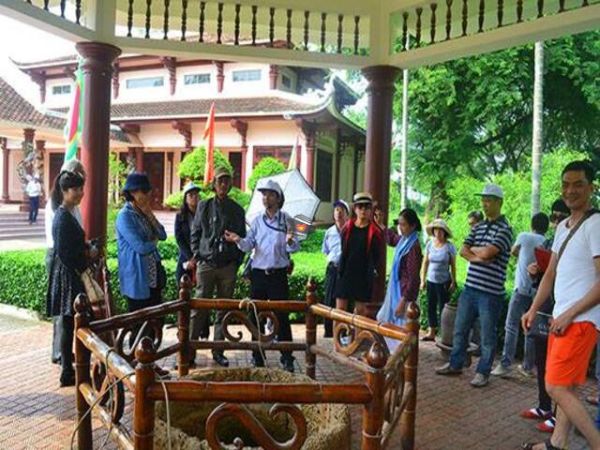
The museum's display hall houses almost 11,000 papers and relics from the reign of Tay Son. The display lets visitors better comprehend a wonderful moment in history as well as the nation's exceptional king. Among these objects is an elephant leather drum made by central highlanders who participated in the Tay Son movement, as well as official seals, royal recognition certificates, family annals of military officials, bronze bells, ancient coins, and, most importantly, Tay Son's ancestral tomb stele. This is the paternal grandfather's grave for the three Tay Son brothers. Residents of Phu Lac, the Tay Son brothers' mother's hometown, discovered it by surprise in 1990.
Tay Son's intangible heritage includes martial arts and military drum-playing performances. Visitors may learn more about the arts at this museum. Vo Thi Thuan comes from a family of military drummers that dates back nine generations. She motivates guests with a performance on 12 drums." "The show is arranged into three halves. The first signifies the departure of soldiers. At this point, the speed is rather modest. The second part is titled "Besiege the Citadel." The speed goes up. "The final section is a triumphant song expressing great joy."

The three Tay Son brothers, particularly national hero Quang Trung Nguyen Hue, led peasant insurrections in the late 18th century, transforming them into a national movement that defeated foreign invaders and defended national independence from 1788 to 1802. Nguyen Duc Tri, a tourist from Ha Tinh province, told VOV that he learned about King Quang Trung from novels before visiting the museum. Here, I can examine the items firsthand and hear explanations about the Tay Son movement's history and progress. My knowledge is expanded, and I can pass it on to my children."
Many priceless antiques are currently on exhibit at the Quang Trung Museum. They are both historical and educational characteristics. As a result, the Quang Trung Museum is a popular tourist attraction in Binh Dinh.
Quang Trung King Museum Binh Dinh History:
Nguyen Hue (Quang Trung King), the second-oldest of the three brothers who led the Tay Son Rebellion, declared himself Emperor Quang Trung in 1788. In 1789, Quang Trung commanded a war that decisively repulsed a Chinese attack of 200,000 men near Hanoi. This historic fight is still remembered as one of the most significant victories in Vietnamese history.
During his reign, Quang Trung was a social reformer. He promoted land reform, changed the taxation system, strengthened the army, and prioritized education, creating new schools and fostering the growth of Vietnamese poetry and literature. He died in 1792, at the age of forty. According to communist literature, he led a peasant movement, whose progressive policies were defeated by the conservative Nguyen dynasty.
The museum section has 9 halls with various themes, preserving thousands of materials and artifacts from the Tay Son revolution and Emperor Quang Trung (1771-1789). Nguyen Hue is a national hero who brought peace to the land and fought against invaders. In 1788, he led his army from Phu Xuan (Hue) to the north in 35 days, defeating 29,000 Qing forces and liberating Thang Long (now Hanoi). Nguyen Hue (Quang Trung) was subsequently anointed Emperor. Visitors to the Quang Trung Museum will receive an introduction to Quang Trung's feat of arms and have the opportunity to view valuable relics.
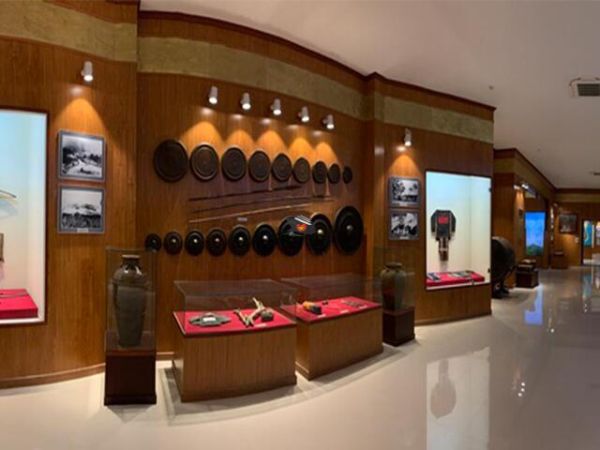
Quang Trung King Museum Binh Dinh Highlights:
After crossing the Canh Bridge, you will arrive at the Tay Son Temple, which was erected on the site of the birthplace of three heroic brothers. Three Tay Son brothers were born, grew up, and became the Tay Son movement's most prominent leader. This is also the shrine where the parents of the three Tay Son brothers, Ho Phi Phuc and Nguyen Thi Dong, are revered. Tay Son Temple is tiny yet elegant.
Another attraction for visitors to the Quang Trung museum is Tay Son martial art and music, which is performed using a set of 12 drums representing 12 animals. Every year on January 5th of the Lunar Calendar, people assemble around the museum to honor the national hero, Quang Trung.
Observations when visiting the Quang Trung King Museum Binh Dinh:
The Tay Son brothers' mansion, located to the right of the museum, is now the Tay Son shrine of Nguyen Hue, Nguyen Nhac, Nguyen Lu, and Tay Son Dynasty mandarins. The vestige complex has an area of 2.325 m2, was designated a National Monument on April 29th, 1979, and was acknowledged as a special national monument by the Prime Minister on December 31st, 2014.
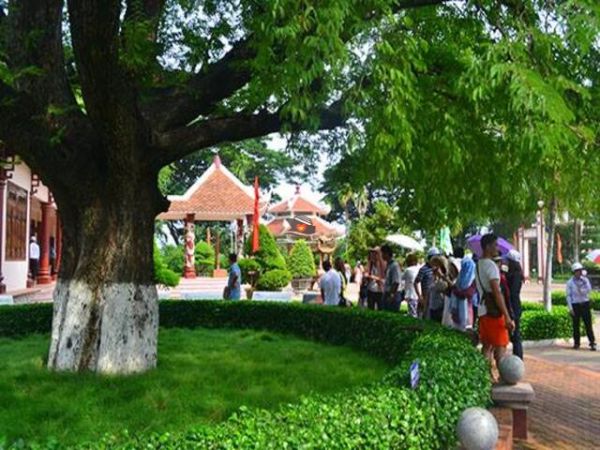
In front of the spacious yard is the entrance's triple gate; next is the residence where Quang Trung-Nguyen Hue's merit is recorded in the national language. The main hall has three rooms: the central hall worships Quang Trung - Nguyen Hue, with a painting of him riding a horse in a glass frame; the left side worships Nguyen Nhac, and the right side worships Nguyen Lu. The two front sides honor Tay Son Dynasty mandarins, including Tran Quang Dieu, Bui Thi Xuan, Vo Van Dung, Ngo Thi Nham, Ngo Van So, and Tran Van Ky. The old tamarind tree and the old well in Tay Son's family yard are two antiquities with strong memorials to national heroes, from the time of Ho Phi Phuc.
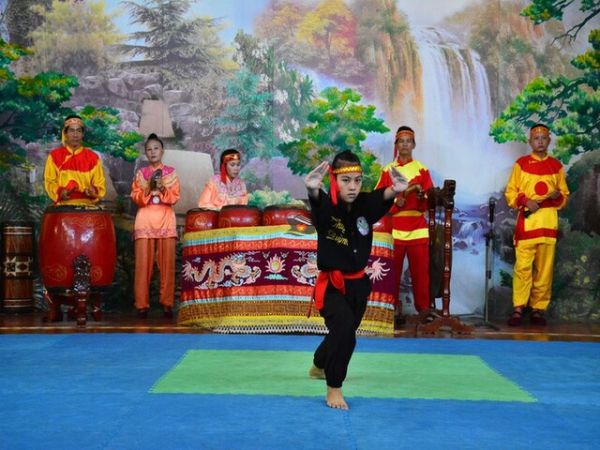
The ancient tamarind is located on the left side of Tay Son Palace and is covered with leaves, forming a corner of the garden with a tree circumference of up to 3.5m. Following the temple's destruction, Nguyen Nhac met with troops under the tamarind tree, and people secretly worshipped the Tay Son brothers. The well on the right of Tay Son Palace is 0.9m in diameter, was created with bee stones, and was not as deep as it is now. Later, locals went on to build a flange 0.8m higher above the ground to provide water for the entire hamlet. Tourists may come here and sit beneath the tamarind tree, drinking water from the well, and relive history.
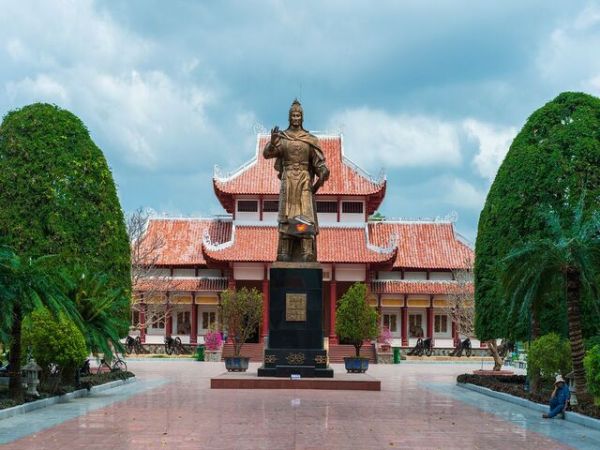
Hotline/ WhatsApp: +847-6666-0606
Email: info@friendlytravel.vn


